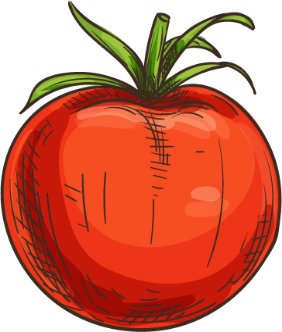Project Description
Shandon Elementary School used the Project Produce Grant to expose their students to new types of fruits and vegetables. At the beginning of the 2018 school year, Food Services Director Jessie Wesch conducted a survey with each student about which types of produce they liked, didn’t like, or were not familiar with. With the help of teachers, surveys were distributed in each classroom. Wesch then compiled a list from the survey of the least known and least liked items and developed “recipes that would (in theory) help overcome some of the barriers of trying something with flavor profiles that the students like from lunch and afterschool snack.” The recipes ranged from roasted veggies to colorful salads, and often simple raw sliced fruits.
During the months of October and November, 3-4 taste tests per week were conducted in the cafeteria. The operation was a collaboration of Wesch, cafeteria staff, and high school students who earned class credits by working on the project. As a collaborative team, they prepared produce for taste tests in the cafeteria kitchen and passed out samples at the end of the lunch line. Food was sourced from their normal distributor, the local food bank, and their school garden. They tried to source food locally as often as possible with items such as purple cauliflower, peaches, and watermelon radishes, but also sampled items like pineapples and mangoes for the opportunity to talk about different kinds of nutrients and minerals.









